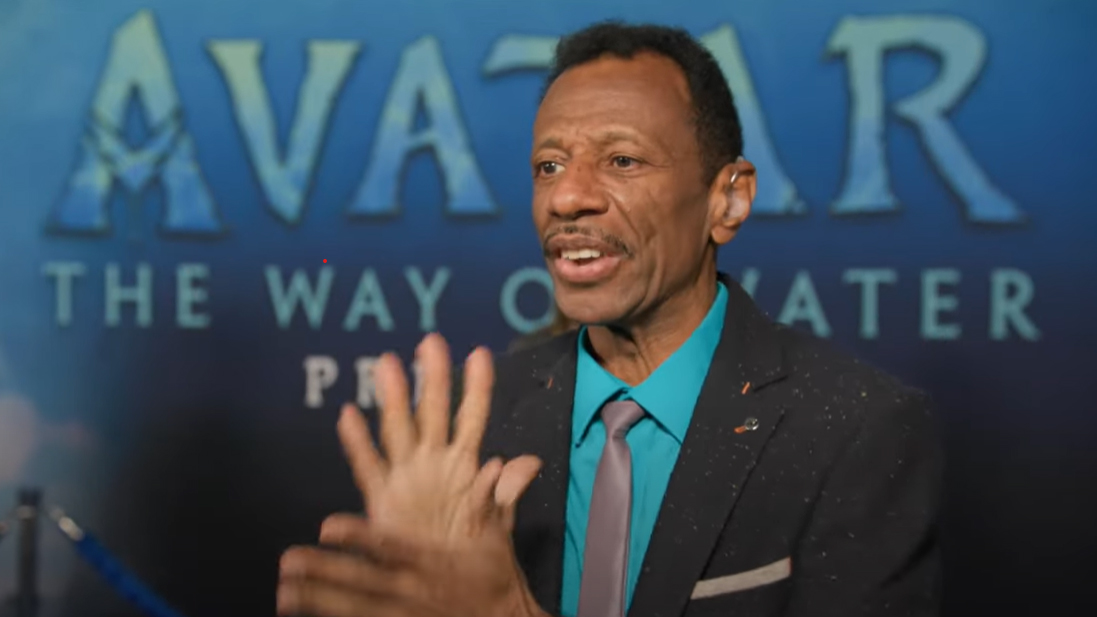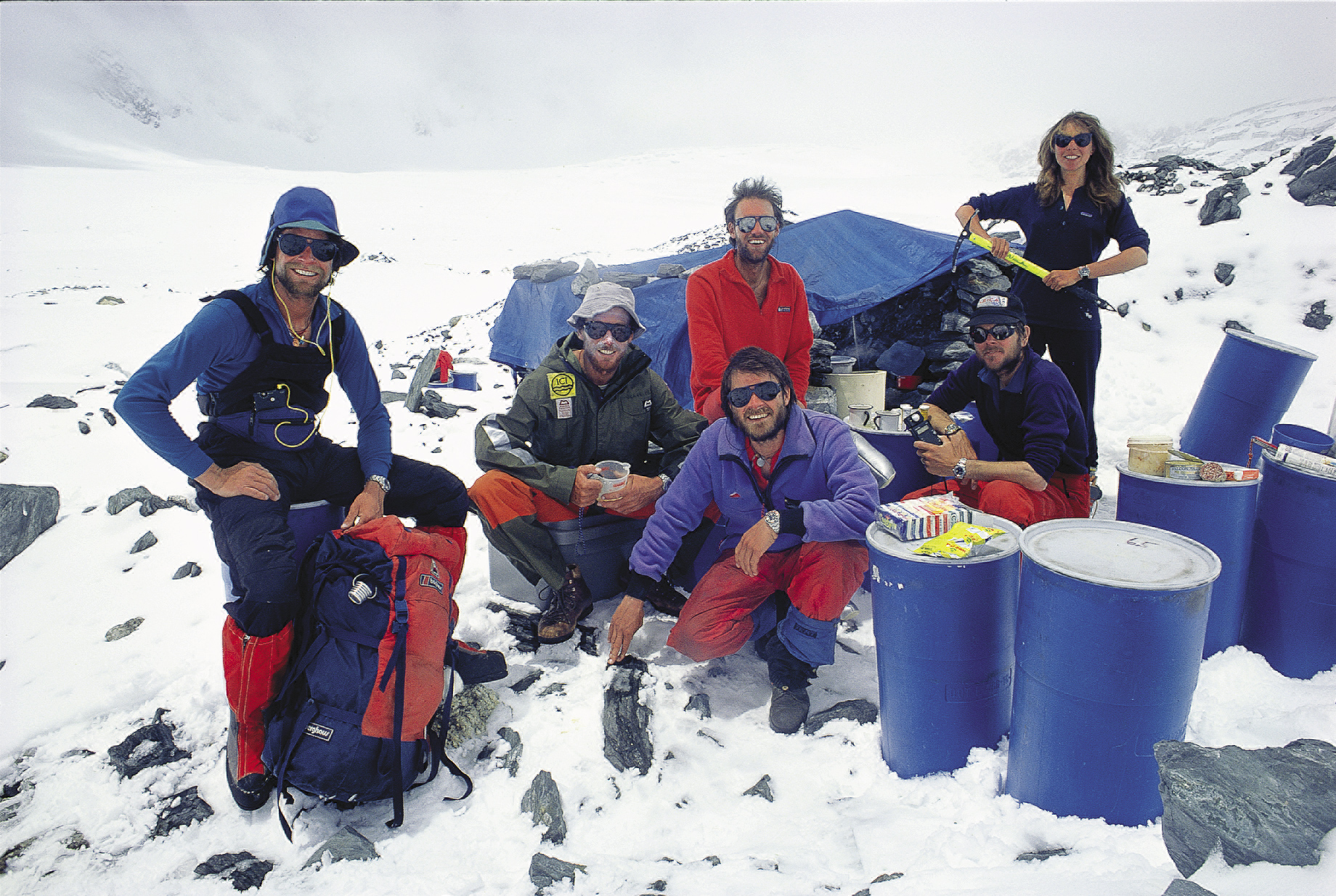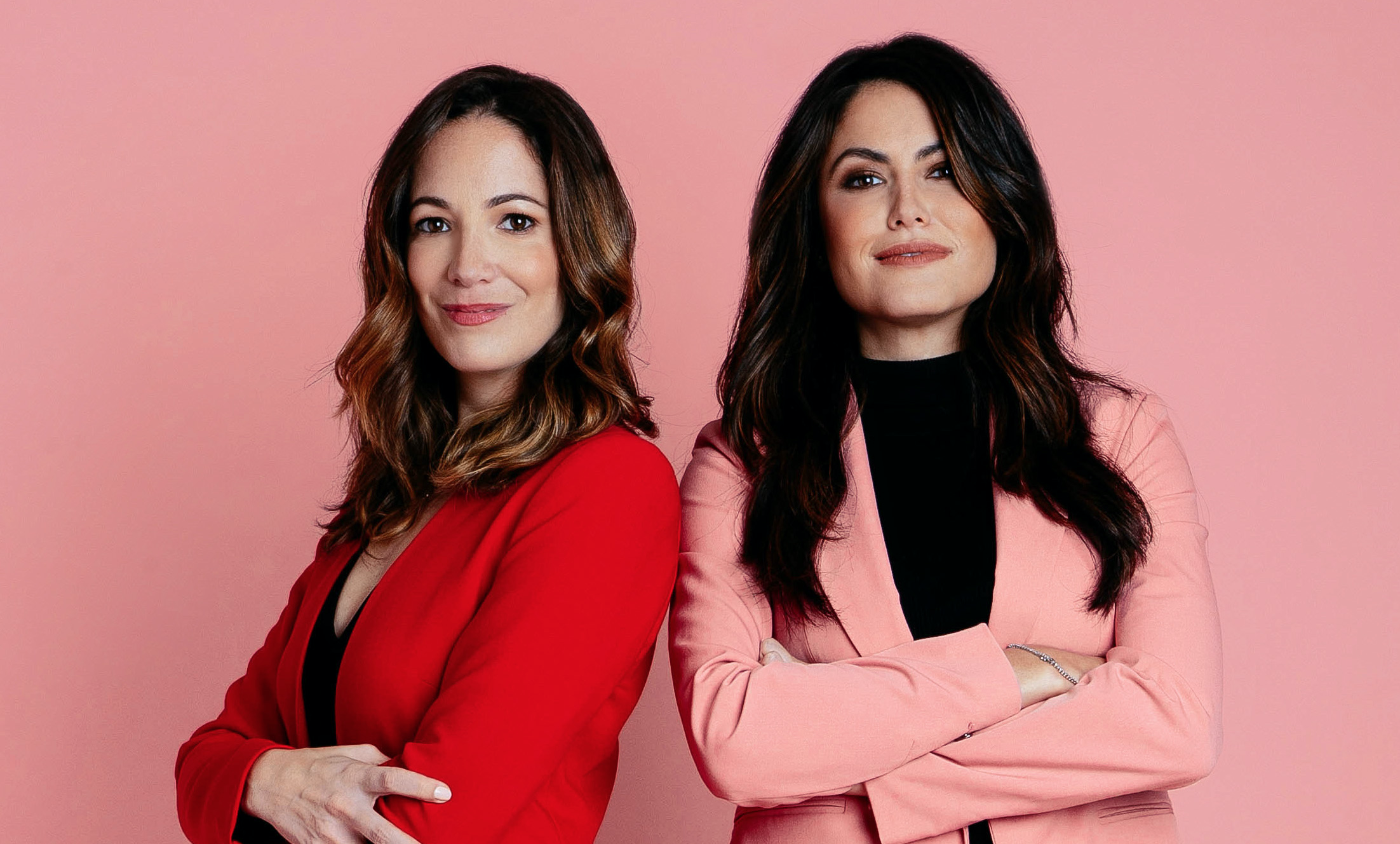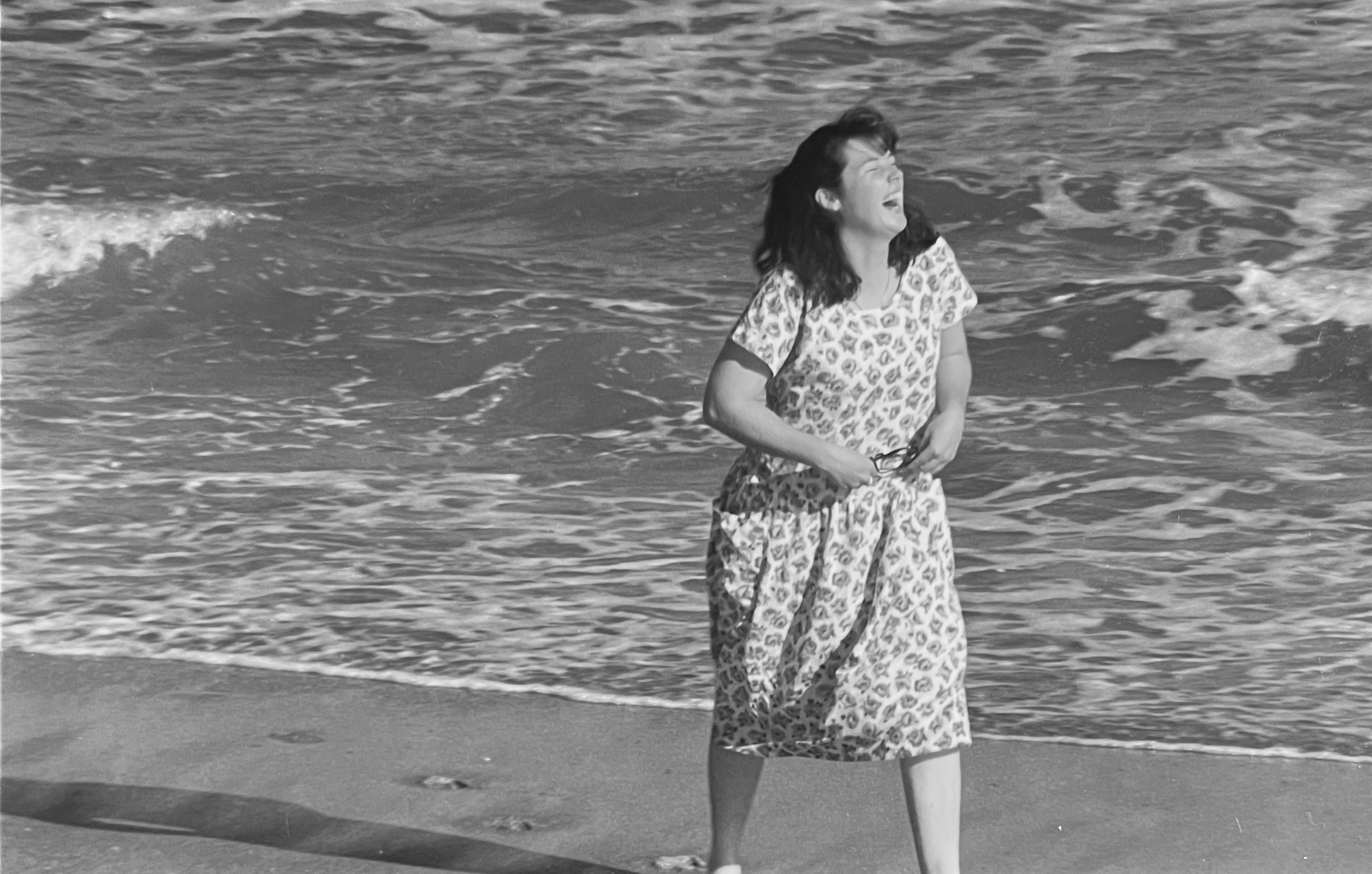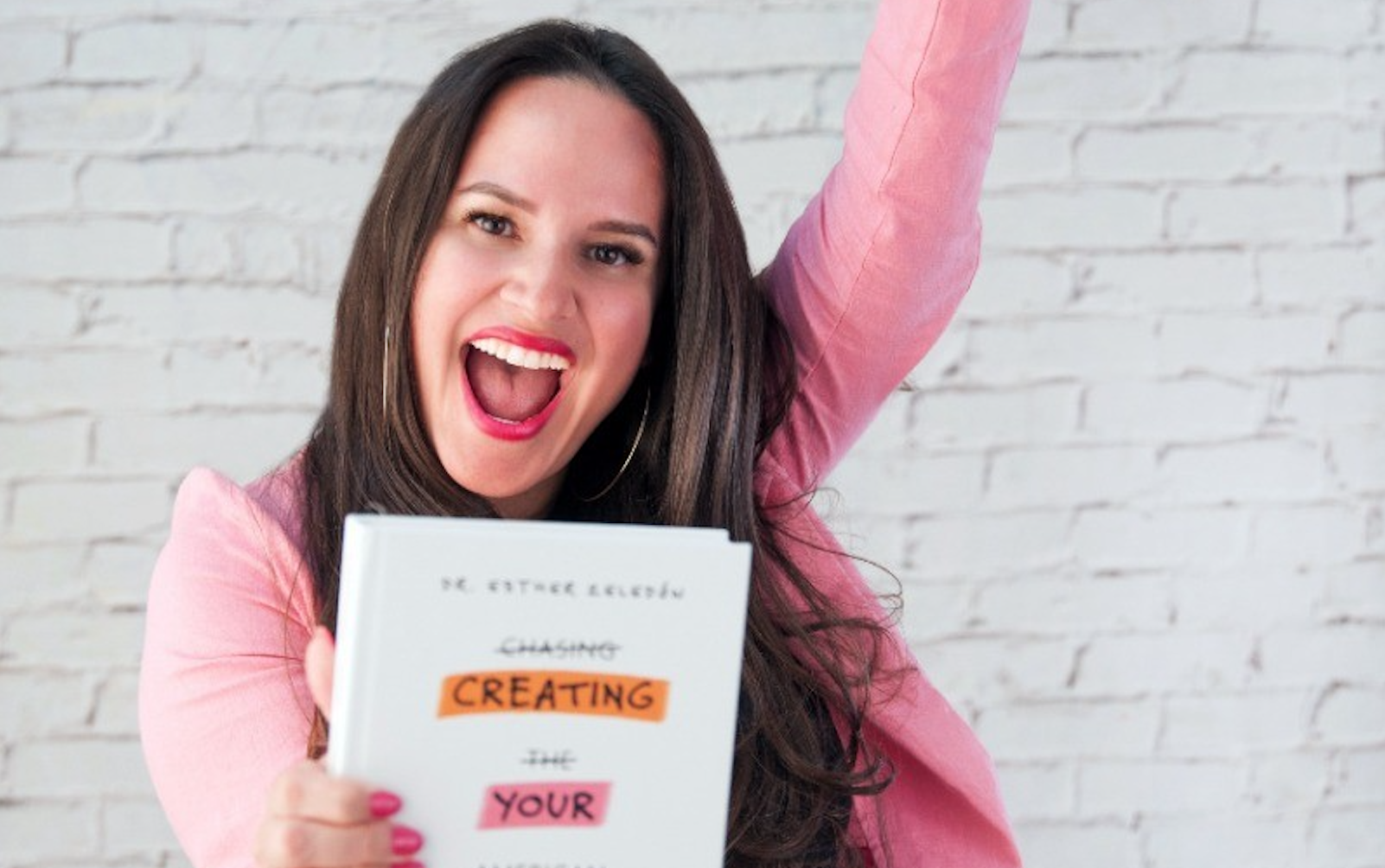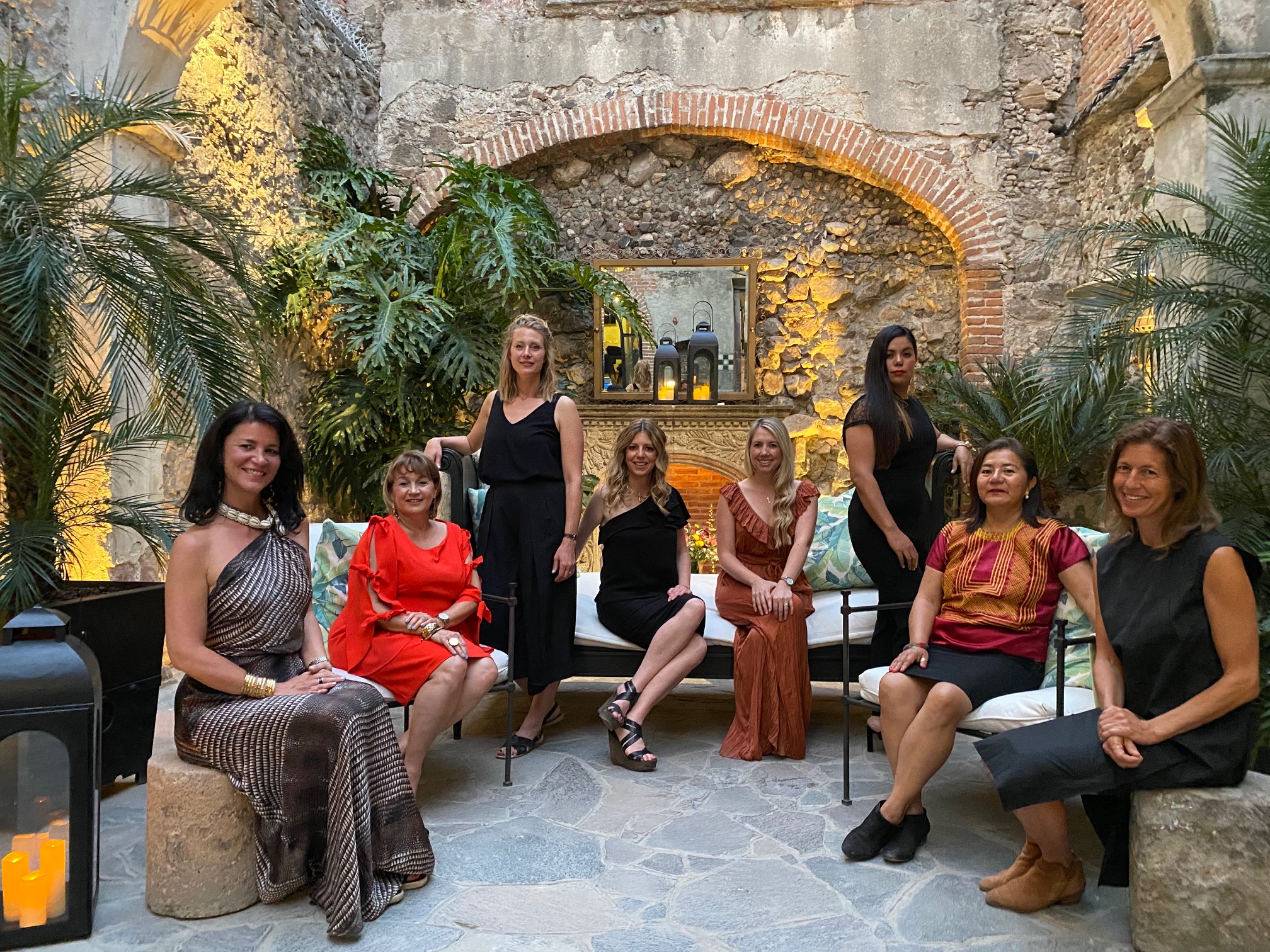
“Through storytelling, we have the power to break silences and foster empathy.”
Those are the words of Toronto filmmaker Lauren Grant, whose new short film ‘Erase & Rewind’ is inviting audiences to think a little deeper about the topic of sexual assault and how we think about consent. The film will have its world premiere on March 23 at Scotiabank Theatre as part of the Canadian Film Fest’s Homegrown Shorts.
Adapted from Meghan Bell’s gripping short story of the same name, Lauren unveils a powerful narrative adaptation that offers a compelling exploration of trauma, consent, and the aftermath of sexual assault. It is a thought-provoking film aligning with the cultural need for more education around the topic, as laws can only go so far.
A recent survey commissioned by the Crown Prosecution Service (CPS) in the UK found 72% of 18-24 year olds don’t understand that you can say no, after initially saying yes when arranging to meet, as reported by Elle UK. The survey, which is the largest survey of its kind in five years, also highlighted further alarming beliefs, with half of young people saying it’s not rape if a victim doesn’t fight back. A further 58% didn’t believe rape can be committed in a relationship or marriage.
While these statistics pertain to the UK, we have no doubt the situation is very similar elsewhere around the world. Elle UK also mentioned the impact of TV shows such as Michaela Coel’s ‘I May Destroy You’, which sparked worldwide conversations about blurred lines, consent, relationships, assault, and speaking up even when others don’t believe you.
As Lauren Grant prepares to share her film with audiences around Canada and the US in a number of film festivals, she too wants to reframe how we understand sexual assault, potentially dismantling cultural myths about why it happens and who it happens to.
“Too often rape is portrayed in media as the “mysterious stranger jumping out of the bushes” but that is not the most common experience, so it felt vital to tell the story of a college student being assaulted by a “nice guy,” who is completely unaware of what he has done,” she outlined in a press release.
‘Erase and Rewind’ asks us to consider if we can protect ourselves, but no one else, would we? Should we? Amid her trauma, main character Louisa feels a responsibility to do something despite knowing that reporting will likely lead to very little consequences or, worse, being victimized again for her own behavior at a trial.
The production of ‘Erase & Rewind’ prioritized creating a safe and respectful environment for cast and crew, particularly when addressing sensitive subject matter such as sexual assault. Working closely with intimacy coordinator Anisa Tejpar, Lauren Grant ensured that each step of the assault scene was meticulously choreographed, allowing for a supportive space for actors to navigate complex emotional transitions. A counselor was also made available to cast and crew following the film shoot.
In the lead up to the world premiere, we spoke with Lauren about her mission with this film, and why she is drawn to stories that amplify the female experience and shed light on topics often silenced in public discourse.

How did the idea for ‘Erase & Rewind’ come about?
During the #MeToo global conversation, a lot of friends talked about those bad dates, the ones they didn’t refer to as assault, but when further considered were not consensual. The conversation was, “I didn’t say no, but I never said yes” or “I didn’t really want to, but I had gone to his place,” or “we’d been out a few times.” I thought about my own experience as a young person and feeling that pressure of owing something to a man. This was something the creative team around the feature film Sugar Daddy (2020) that I produced discussed a lot during the creative process.
In 2021, I attended the Ontario Creates event From Page to Screen (renamed to IP Market Day in 2023) where Canadian producers meet with Canadian book publishers. Jay and Hazel Millar from Book*hug Press pitched me Meghan Bell’s soon to be published short story collection including the title short story ‘Erase and Rewind’. I was hooked immediately, and they sent me an advanced copy – I optioned the short story knowing I wanted to make it into a film.
Navigating topics like trauma and sexual assault on film can be quite the task. How did you approach these issues in a way that didn’t feel overwhelming or too heavy for the viewer?
As a viewer, I struggle to watch content with assault, so part of me was surprised by the intense desire I had to tell this story. It meant that I thought long about how I wanted to portray the assault on screen, especially as the film is about memory – the ones we rewrite, the ones we revisit and the ones we can’t escape.
Intimacy Coordinator Anisa Tejpar came on board months before filming and we talked through what I wanted to see, what I didn’t want to see, and how we could convey the trauma through memory. We had rehearsal with the cast and the sequence was fully choreographed – like a fight scene would be – so we knew exactly what we were doing when it came time to do it on set.
We also filmed the sequence in sections starting with the beginning which is consensual, and the moment Louisa remembers she said no, we only filmed that twice.

Can you tell us more about Meghan Bell’s short story and the process of adapting this into a film?
I love the story and I hope viewers check it out and look at her whole collection. She’s an incredible writer based in Vancouver, Canada. ‘Erase & Rewind’ is about Louisa, a college student who after being assaulted begins to realize that she can rewind time. She wonders if she’s done it before and because she can’t remember, hopes that she has done it before and has then forgotten the original path taken. With that information, she decides to rewind time, forcing herself to relive the assault in reverse and rewind until before she meets her assaulter, Nick. Unfortunately, her memories become blurry, but do not disappear.
There were many drafts of the script which included more of Louisa speaking directly to camera and telling the audience how she felt, when she felt conflicted and when she got swept up again in Nick’s charm. In the edit, we felt that Brynn Godenir, who plays Louisa, was so incredible that she conveyed so much in the silences that most of those direct-to-camera lines were cut.
I’m interested in making films that ask questions and aren’t straightforward, so this story felt like the perfect second film for me as I move from producing feature films to writing and directing my own projects.
As a director, how do you create an environment on set where everyone feels safe, respected and supported throughout the creative process, especially on a film where there is an assault portrayal involved?
From the initial arts council applications, the conversation around what does creating a safe set look like and how can we do things differently than unsatisfying past projects many of us had been a part of. With this in mind, we budgeted for a counselor to be available to the production and then worked with The Healing Collective in Toronto to provide remote support for the cast and crew on set on the day of filming and the day following. Production was not made aware of who used the service as cast and crew could book directly with the counsellor during the paid window.
We also worked closely with Intimacy Coordinator Anisa Tejpar with rehearsals, planning and on set. The assault sequence was filmed the last day of production giving everyone a chance to get to know each other and we had a closed set as is standard for this kind of work.
My first film, ‘Things We Feel But Do Not Say’, is about miscarriage so I brought a lot of the same principals to this film including making sure the cast had resources, quiet space and that I was clear with the plan on how we were going to approach the filming day. It was odd because the set was actually created in my home office that was already painted with dark walls years before.
Everything was cleared out and the incredibly talented Production Designer Natasha Uhrig and Art Director Jamie Hiltstone created a frat house bedroom. We filmed on a gorgeous fall October day so many of us went for solo walks during the lunch break. The space to clear our heads and ground ourselves back into our bodies was important and something Anisa encouraged.

How did you cast Brynn Godenir as Louisa, and can you share more about what she brought to the role?
She’s incredible! Auditions were submitted through self-tapes as casting facilities were not fully back in person in 2022 in Toronto. I knew it was Brynn right away. She brought such a grounded approach to the performance. The film is a drama, but it has a sci-fi conceit about being able to rewind time as well as breaking the fourth wall and engaging with the audience. Many auditions were theatrical, yet Brynn brought nuance and honesty to every choice in her first audition.
She and Jesse LaPointe (Nick) didn’t know each other but both had attended the National Theatre School a few years apart so brought a lot of their theatre work to the rehearsal and filming process. They are wonderful actors and I’m so lucky they chose to do the film.
Your film portrays the complexity behind the idea of speaking out, and how it is not always such a black and white (or an easy) decision. Why was it important to show this nuance?
From the outside, I think it is easy to think survivors should speak out, warn others, go to the police, press charges, but we know the statistics demonstrate that most don’t do that and those who do are often re-victimized through the legal system. I wanted to make a film about this nuance, about how protecting your own self is not a one size fits all decision. I love how Meghan Bell’s short story captures this experience and I wanted to bring that to the screen.
Does Louisa question her decision to rewind time instead of reporting? Yes, but she makes the decision that she believes is best for her. The roommate in the short story is mentioned but isn’t a character so I wanted to build out that relationship between two young women in the film and Moni Ogunsuyi (Sara) brought a lot to the story. Louisa and Sara talk about why they wouldn’t report in a way that many friends and colleagues have expressed privately. The cost and risk of seeking justice is too high.
What are some of the pervasive cultural attitudes toward sexual assault victims you are hoping to challenge through ‘Erase & Rewind’?
I think we learned through #MeToo that the more blacker and whiter the story, the easier it is for people to accept. It was the bad mystery man jumping out of the bushes, it was the man in power who forced himself on you, but what is lost in this is the nuance and reality of so many experiences. It is the guy you like not checking in again with you, it is the person you already had sex with not knowing that consent is not given forever and indefinitely.
The character of Nick and the conversation his behavior could start is important to me. They are dating, she comes to his place, she wants to make out with him. Brynn, Jesse, Anisa and I spent a lot of time discussing when the experience switches from consensual to assault. Cinematographer Gabriela Osio Vanden discussed how the camera changed from this fluid, almost romantic, approach to more static and frozen as the sequence unfolds in real time, and also in Louisa’s memory of the night.

There is certainly more talk about the need for consent in many physical situations, but we also still have a long way to go for unanimous consent to be the norm. What do you hope audiences will learn about this concept through your film?
What is consent? I showed the film to a few people during the edit and a man said it really struck him about consent. He is now married but the idea of consent being defaulted to by coming home with you, or making out, means a full yes is not true, and he hadn’t considered that before.
We spend a lot of time educating girls about their safety, but I still don’t think we are doing enough to educate boys about consent, that the discussion is continual, nuanced and that consent can be revoked at any time.
The notion of resilience is also very evident through the story. Can you tell us why you wanted to show this aspect of Louisa, and what you hope other survivors might gain comfort from?
I love this question. Resilience is multi-faceted, and I don’t think there is a right way to respond to assault. There is an outside pressure to tell someone, or report, but that singular view of what should happen ignores the realities survivors face within the justice system. What I love about Meghan Bell’s story is the idea of resilience being connected to self-protection, of knowing the risks of reporting and deciding what is best for Louisa is to try to erase the experience.
Yet the powerful moment at the end of the story, that I put in the film, is her telling another female student to not sit at the back near to where Nick sits. That even though Louisa has chosen a path of not reporting she offers a bit of protection to another woman. Reading that part of the story was a gut punch, that this survivor cares about the community around her and does something, that maybe some viewers see as a small thing, but I feel is huge.
As the film prepares to premiere as part of the Canadian Film Fest’s Homegrown Shorts, how can wider audiences watch this film in the future?
In April, the film travels to California for the Poppy Jasper Film Festival, and I hope to be included in more film festivals. Like my first film, ‘Things We feel But Do Not Say’, that deals with miscarriage, I really hope the film will continue conversations or start deeper ones.
You can follow Lauren Grant on Instagram to keep up to date with news about ‘Erase & Rewind’ screenings. See more of Lauren’s work on her website.












